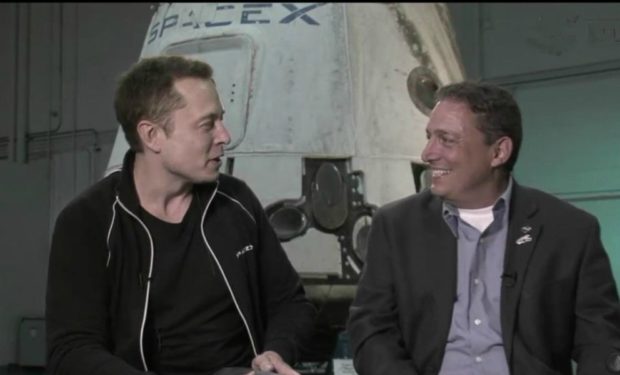So Tesla did something pretty nice for its customers in Florida as Hurricane Irma threatened. The innovative electric car company made an adjustment to the software that controls the Tesla batteries, and thereby allowed Tesla drivers extra mileage on a charge. Tesla sent the change remotely to each car and increased the range for its drivers from 60kWh to 75kWh. That’s about 30 extra miles, give or take. Great, right? A company stepping in as disaster looms and giving something free and valuable to its customers?
But on further consideration, people started to have two basic problems with the move.
1) the realization, made manifest, of the extraordinary degree of control Tesla maintains remotely over the owners’ cars.
2) the idea that Tesla could deliver an upgrade in an emergency that the company otherwise charged thousands of dollars for.
There was no mechanical change required, only a change in some binary code and voila, more mileage. So the engine/battery is always capable of more mileage — Tesla limits the cars in order to charge more for the mileage increase. It makes perfect business sense, but some owners feel fleeced by Tesla’s techniques. (Think if you bought a TV and had to pay extra to turn on more color.) Some customers, working on a 20th century paradigm, believe if a feature (more mileage) is easy to deliver and already exists, as in a simple software update, it should be part of the package — so they just feel manipulated. But why? They always knew they could upgrade instantly. The scenario that scares people more is the remote control — what if you had a product under that kind of control where hackers, or even bad business people, limited rather than increased your mobility at a crucial time? That’s why Tesla’s move scared some.
